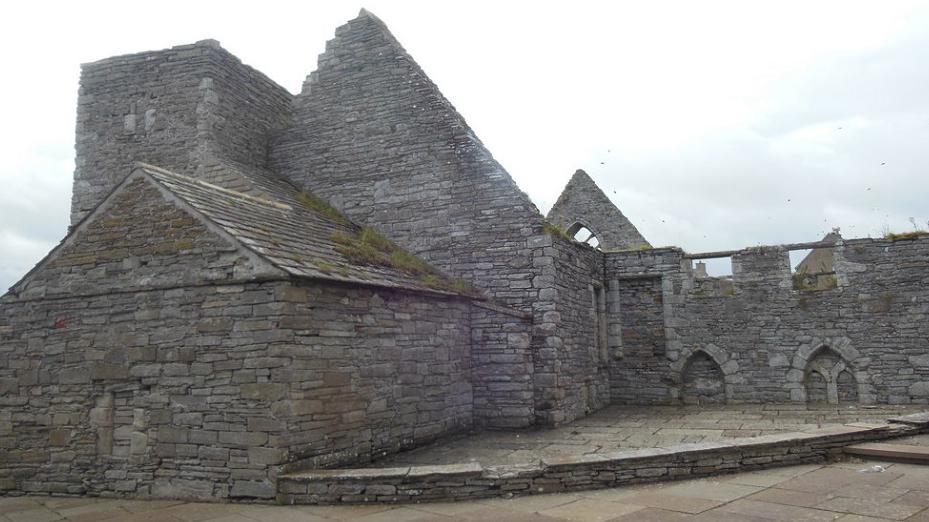Medieval Thurso could lose conservation status

Old St Peter's Kirk is a historic building in the oldest part of Thurso
At a glance
The oldest part of Thurso could be removed from the town's conservation area
Highland Council believes so little of the medieval quarter remains
It says surviving historic buildings already have other protections
The council also says the conservation status could prevent improvements to more recent properties
- Published
Thurso's medieval quarter could be removed from the town's conservation area because so few of its historic buildings remain.
Highland Council has been consulting on the boundaries of the area, which is designed to help preserve historically and architecturally important properties.
During public consultation, the local authority heard strong views for and against keeping the oldest part of Thurso in the area.
The council believes too much of the quarter's history has been lost to more recent developments.
It said historic properties, such as the ruins of medieval Old St Peter's Kirk, were already protected as scheduled monuments or listed buildings.
The local authority also said the conservation area status could prevent residents from making improvements to their homes.
Highland councillors will consider the proposed boundaries at a meeting next week.
Matchstick figures
Parts of Old St Peter's Kirk date back to the 12th Century and it is the earliest Christian building in Thurso.
Other historic buildings in the oldest part of the town is The Turnpike, a two-storey property built in 1686 and believed have started out as the home of a merchant.
Painter L S Lowry - famed for his matchstick figure art of industrial landscapes - made sketches of The Turnpike in the 1930s.
A painting by Lowry of the Black Stairs in the Pulteneytown area of Wick, 20 miles (32km) from Thurso, sold for £890,500 in 2013.